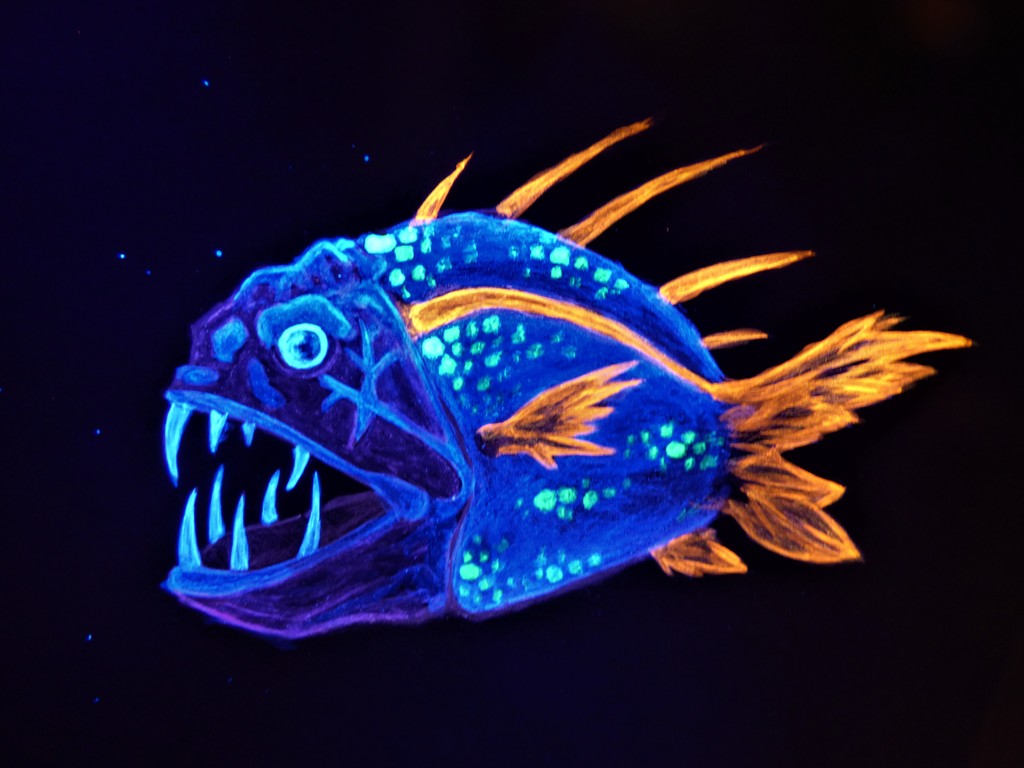
Shakespeare didn’t put much thought into naming it because Art has the power to create and shape its own Science and, so, he referred to the Bioluminescence of the glow-worms in Hamlet (1609) as “uneffectual fire”. Despite only being understood and named at the end of the 19 th century, these fancy neon lights have, in themselves, been a unique and beautiful phenomenon since the beginning of time. Celestial bodies with their own light, bioluminescent beings that glow in the darkest depths of another solar system, the ocean floor. The parasite had been found in dwarf sperm whales, but the vector was unknown until researchers in India sent Aznar some samples from lanternfish in the Arabian Sea.Jellyfish that light up in an electrifying dance, fish with eyes that become flashlights, light-blue waves of phytoplankton that replicate starry skies. Severe infections may even lead to perforations in the stomach, and death, she says. While many cases likely lead to nothing serious, Mercedes Fernandez, one of Aznar’s coauthors and colleague at the University of Valencia, says that extreme infections can lead to stomach inflammation and ulcers. Whale of a ProblemĪccording to Aznar, it is more difficult to tell what type of symptoms whales have. Even cooked fish infected with the parasite can cause allergic reactions. While the worms cannot reproduce or even survive for too long in humans, an unlucky bite of sushi can still lead to symptoms such as vomiting, diarrhea, and severe abdominal pain, and may require surgery in the worst cases. While the parasite specific to dwarf and pygmy sperm whales hasn’t been found in humans, some closely related anisakis species can infect people via raw or undercooked fish or seafood.

These eggs hatch and are ingested by crustaceans. At this point, they are either eaten by fish or other smaller sea life, though the exact path of many of these parasite species is not completely understood.įinally, the worms end up in the guts of marine mammals-especially whales or dolphins-where they feed, mate, and spend the rest of their lives releasing eggs, expelled in feces. Most start their lives after hatching from eggs by infecting crustaceans. There are many different types of anisakis worms, some which infect a succession of three or more hosts, jumping from one to another. PHOTOGRAPH BY DAVID GRUBER AND VINCENT PIERIBONE From the Bottom to the Top But without a yellow filter to block out blue light-which some biofluorescent fish have-these neon colors would be invisible. This chain catshark dwells in the dark night of the deep sea. These daily migrations allow lanternfish, which are abundant throughout the ocean, to act as a link between deep sea zooplankton and top predators which stay closer to the surface, the study authors say. Many species migrate toward the surface during the night, possibly following zooplankton or smaller prey fish. Lanternfish are bioluminescent, producing light in the dark, deep sea habitat where they spend their daylight hours.

“ Anisakis are pervasive everywhere in the ocean,” and yet very little is known about them, says Francisco Aznar, associate professor in zoology, in the Marine Zoology Unit at the University of Valencia in Spain and one of the study coauthors. The study, published recently in Deep-Sea Research Part I, sheds light on these mysterious creatures-as well as the parasites, closely related species of which can infect humans and cause severe symptoms.

These parasitic worms, known as Anisakis brevispiculata, infect dwarf and pygmy sperm whales, strange and poorly-understood creatures found worldwide. Deep sea lanternfish help transmit parasites to sperm whales and giant squid, new research shows.


 0 kommentar(er)
0 kommentar(er)
